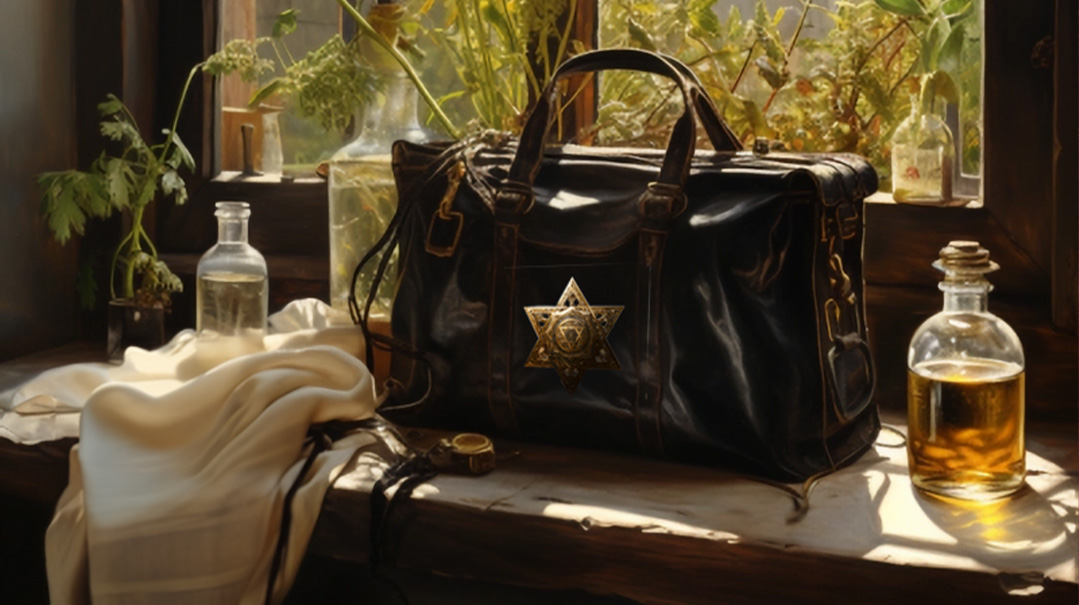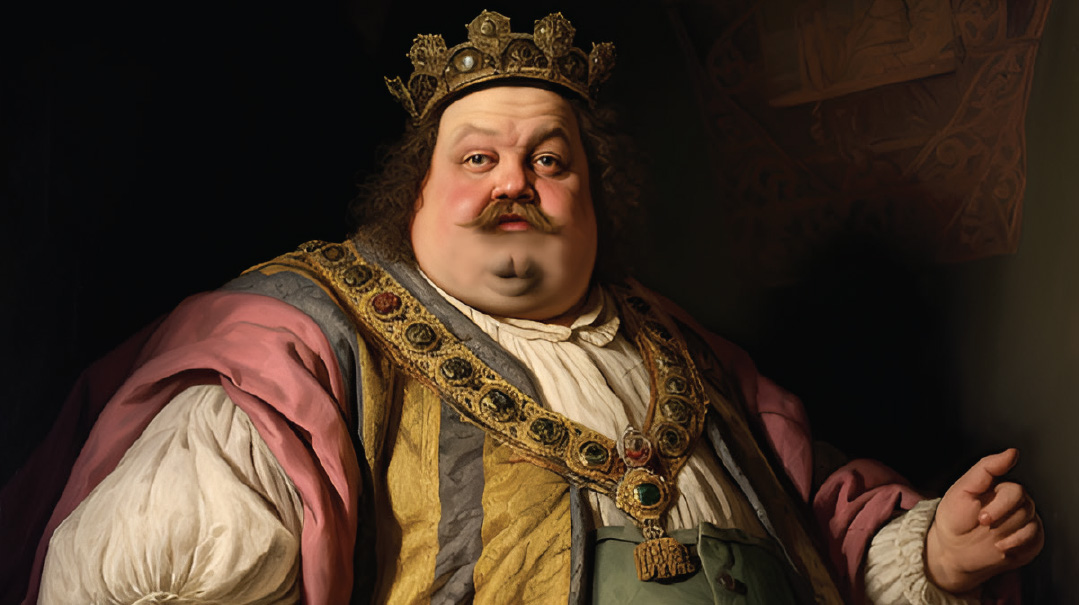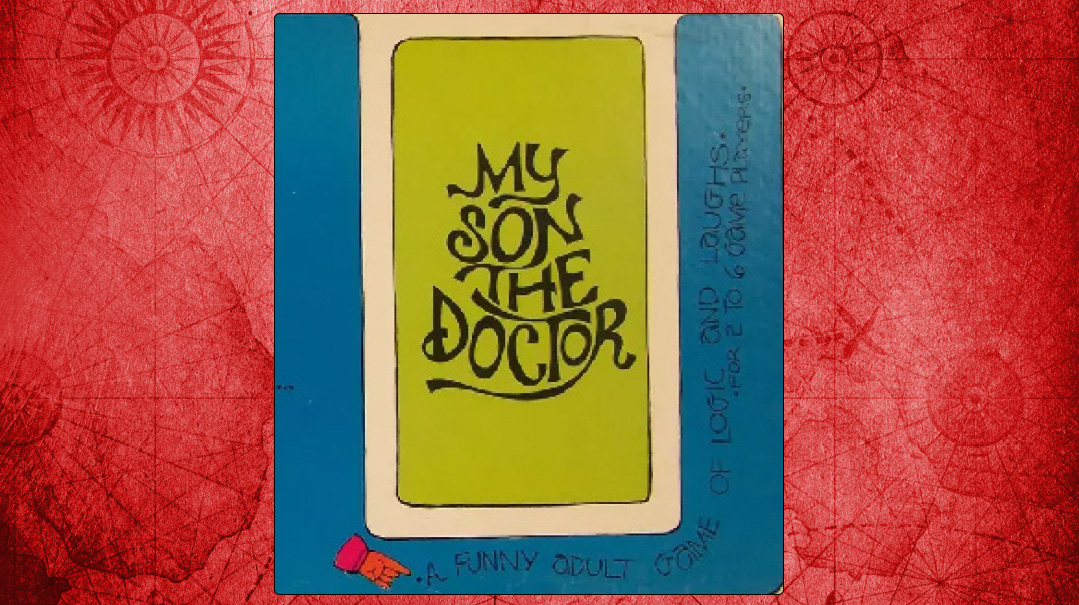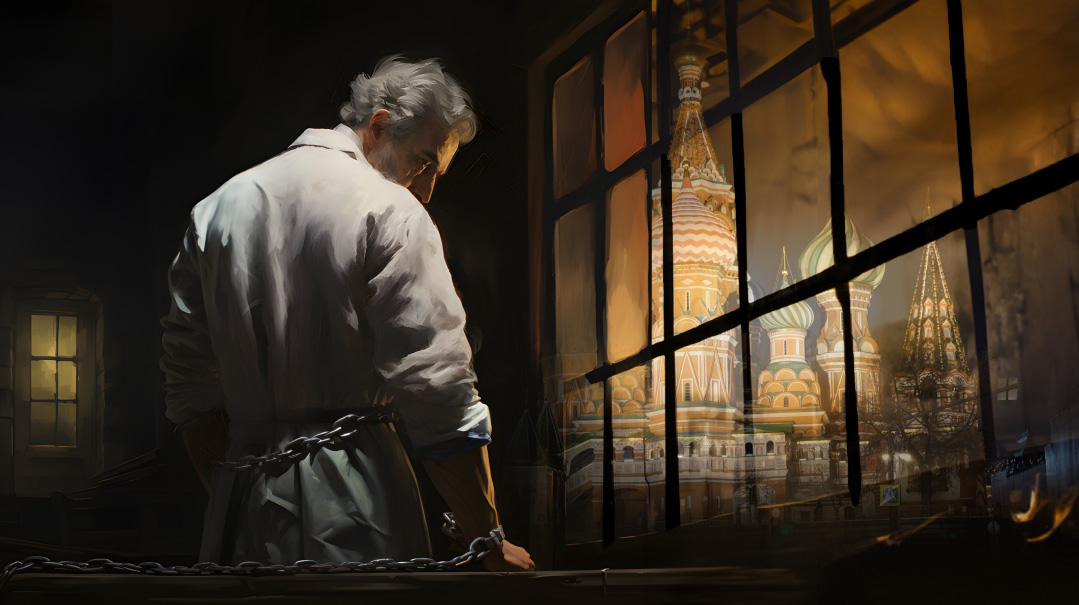My Rebbe, My Doctor
| September 26, 2023We’ve all heard miracle stories of how tzaddikim could cure the deathly ill, but did they actually have medical prowess as well?
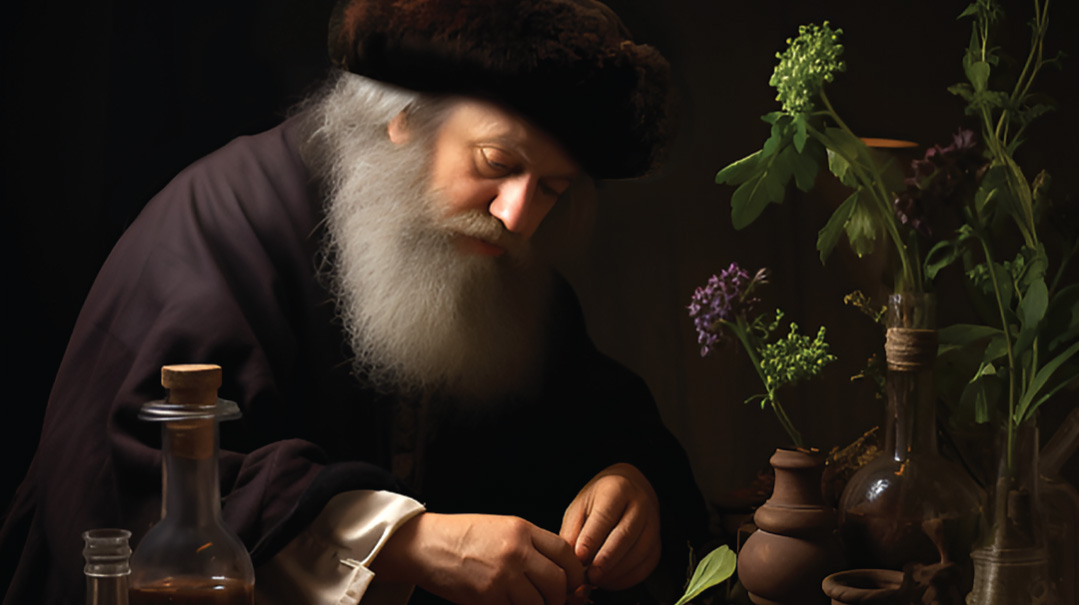
When Communist countries began opening their archives to Western researchers in the 1970s, an Israeli professor named Moshe Roseman made a fascinating discovery. In the Czartoryski Library in Krakow lay the tax records for the Ukrainian town of Mezibuzh from the years 1740 to 1760. Listed there were several references to a “Baal Shem” or a “kabbalist” living in a community-owned house and exempted from paying taxes.
In terms of modern Jewish history, the finding was significant. While chassidim are raised on the teachings and miracle stories of Rav Yisrael, the Baal Shem Tov, researchers of Eastern European history had long been puzzled by the lack of official records of this famed wonder-worker. The fact that the Baal Shem Tov was supported by the community means that he was a person of standing and not, as some narratives would suggest, a controversial upstart.
What also emerged from the documents is evidence that the Baal Shem Tov was known in his environs as a doctor or healer.
Chassidic tradition had long suggested that fact. Although we have no doubt that the Baal Shem Tov had holy and supernatural abilities, from the stories in Shivchei HaBaal Shem Tov it seems that he used natural methods, too, including grinding medicaments and creating healing potions.
So, too, the Baal Shem Tov’s use of medicine as a metaphor for the spiritual. Rav Moshe Chaim Ephraim of Sudilkov — the Baal Shem’s grandson — writes in his Degel Machaneh Ephraim: “I heard from my master, my grandfather, a parable of a master doctor and a wondrously wise man….”
This is the famous mashal about how medications can be dangerous in and of themselves, and therefore only an expert doctor may prescribe their use. The nimshal is the tzaddik, who can give a person a spiritual cure that might be dangerous for someone else, but for this person it is effective.
That tradition about the Baal Shem Tov’s medical activities was affirmed by the discovery of a tax record in which the words “Baal Shem” appear alongside his record as a doctor.
Thus begins the Chassidic movement’s intriguing, multi-faceted encounter with medicine. From the Baal Shem Tov to his disciples and onward, as medicine evolved from folk-healing to a scientific discipline, chassidic leaders would interact in different ways with the profession.
Some were suspicious of doctors; many embraced professional knowledge; some celebrated chassidic masters even had medical backgrounds themselves. “Doktor” could mean anything from apothecary to M.D. But there was one constant: For chassidim, medicine was an earthly tool — but the real Healer lay on high.
More Harm Than Good
A
lthough the Baal Shem Tov’s famous descendant, Rebbe Nachman of Breslov, continued his great-grandfather’s ways in chassidic doctrine, with regard to doctors and modern medicine, Rebbe Nachman’s view seems to have been the opposite.
In the writings of his disciples, we find very harsh language directed at those who go to doctors to be healed: “When the sick person is given to the doctor, he is being given to a murderer. Because his cures will surely harm him more than the blow of a murderer…” (Chayei Moharan).
What is the meaning of this harsh language? Some Breslov scholars claim that this view is connected to the words of the Ramban (who, according to his disciples’ testimony, was himself a doctor), who wrote in his commentary on the Torah, “What role do doctors have in the homes of those who do the Will of Hashem?” According to the Ramban, a person who becomes ill needs to know and remember that there is Someone who caused him this ailment, and therefore he must tune in to the “Kel Rofeh Hane’eman.”
Other Breslovers explain that Rebbe Nachman’s words were said for that specific time and place, regarding the poor medical care in Eastern Europe in the late 1700s. This interpretation finds support in Sichos HaRan (50), where after Rebbe Nachman warns against consulting doctors, and urges reliance on Hashem alone, there is an interesting explanation: “It’s very hard for the doctor to know how to guide and not make a mistake in all the details… and how much more so the doctors who are found in our country, most of whom do not know the difference between their right and left, and they literally murder and kill souls with their hands — and one must flee from them.”
Rebbe Nachman related that when he visited Lemberg (Lvov of our time), where there was a “large gathering of doctors,” a great doctor told him that “it is good to distance oneself from healing and doctors as far as possible.” The doctor told him that, “because there is so much medical research, we don’t know anything anymore. Today it is clear to us that it is impossible to be precise with medicine. And besides, doctors themselves differ from each other on the ways to heal.”
Because doctors have such differing opinions, Rebbe Nachman explains, “It is impossible to rely on these doctors because they themselves are so confused with this wisdom, and it is impossible for them to reach the truth. And how can a person give his life into their hands if it is hanging by a thread?”
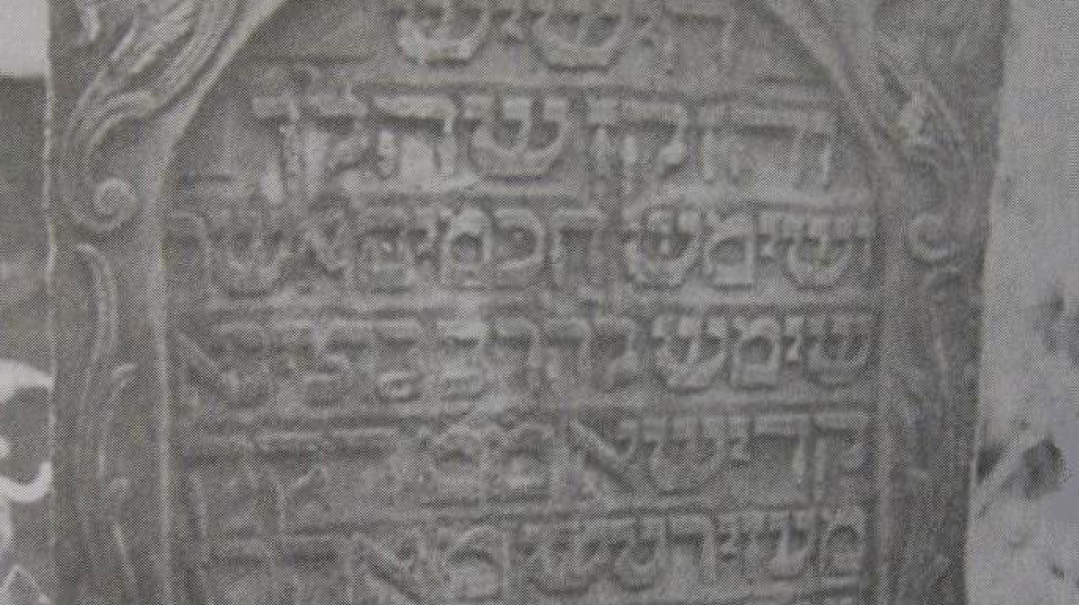
Headstone of “Dr Garda”
Maggid of Medicine
This hasn’t exactly been the approach of most other chassidic giants. Not only did many rebbes use doctors themselves, some of them traveled great distances to be treated in the best hospitals of Europe (this is one reason there are gedolei chassidus buried in big cities such as Warsaw, Vienna, and Frankfurt).
In fact, two chassidic masters were professional doctors — and baalei teshuvah. One of them was a member of the chassidic movement’s third generation known as Doctor Garda, or, as the chassidim called him, “Rav Aharon of Ostraha.”
There are a few versions of his fascinating life story. One thing we know is that he was born sometime in the 18th century in Germany, and as a youth, he abandoned a Torah lifestyle and went to study medicine. At the peak of his career, he became the personal physician of the king of Prussia. According to chassidic tradition, the turnabout in his life came when he was summoned to the bedside of a terminally ill patient, who recovered through the healing of the Maggid of Mezritch.
Dr. Garda was astonished. He hurried to the Maggid and made a deal: The Rebbe would heal him from his spiritual illness, and he would become the Rebbe’s personal physician.
And that’s what happened. He became one of the prime members of the Maggid’s chaburah. His story is mentioned in the sefer, She’eiris Yisrael, by the Maggid of Vilednik, who wrote: “… as is known from the great Maggid of Mezritch, who took Dr. Garda from the depths of the klipos to the pinnacle of loftiness.”
In the memorial book Mazkeres L’gedolei Ostraha, it is related that after he did teshuvah, Dr. Garda, who was the district doctor, was also called “Rebbe” because with his great levels of emunah, he healed by way of miracle and not through conventional medicine. It is also related that his daughter Chana continued his path and was known as “Chanale di Doctoren.”
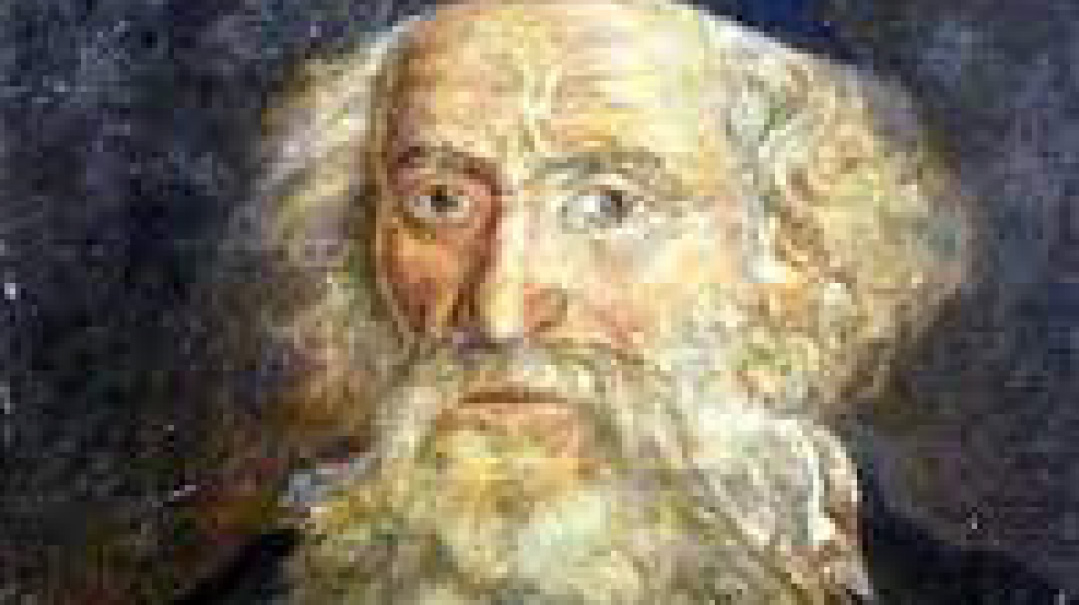
A painting of Rebbi Chaim Dovid Doctor
“Rebbe Doctor”
A
similar story involves Rabbi Dr. Chaim Dovid Bernhard, who was known as the “Rebbe Doctor.” He was born in 1775 in Zaloshin, Poland, to Yissachar Ber and Rachel. He moved to Berlin when he was 14, studied medicine in Wroclaw University and served as a doctor in the Berlin Military Hospital.
In time, he was appointed the court doctor of the Emperor of Prussia, Friedrich Wilhelm III. In the palace, he met his wife Helena (later Hadassah), the daughter of the Jewish banker Shmuel HaLevi Landau of Breslau. She gave embroidery and reading lessons to the girls in the court.
At some point he came in contact with Rav Dovid of Lelov and underwent a spiritual transformation. After returning to a life of Torah, he grew to such heights that he was referred to as a tzaddik (the Beis Yisrael of Gur once said that he was “fun gedolei hador,” among the giants of the generation), and he became close to the Chozeh of Lublin, the Maggid of Kozhnitz, Rav Fishel of Strikov, and the Yid Hakadosh and his disciples. Yet he continued to engage in medicine and to wear European garb, as he treated both Jews and gentiles.
There is even a portrait of him, commissioned by one of his non-Jewish colleagues, a Dr. Vigzivalsky, who initially tried to harass him and then compensated him with a portrait. It is told that after the Russians captured Poland from Napoleon in 1813, they tried to persuade Rabbi Dr. Chaim Dovid to return and take upon himself the leadership of the Polish health services. But he declined, primarily in protest at the way the authorities treated the Jews.
He had an enduring impact on the chassidic world. An ohel was built over his gravesite in the city of Pietrkov, and thousands of chassidim would come to pray there and plead for healing.
In our family there is a tradition passed down in the name of our grandfather, Rav Shmuel Aharon Shazuri. He was a Lelover chassid, and would always drink a glass of wine together with the cholent on Shabbos.
“Anyone who drinks wine with the cholent,” he would quote the Rebbe Doctor, “spares himself a joda [a Turkish coin] to pay for the doctor on Motzaei Shabbos.”
Healing Words
There were tzaddikim who said in the name of the Mezritcher Maggid: “Every doctor in the world is accompanied by an angel who is the one that heals the patient. And the greater and more expert the doctor, the greater the angel that accompanies him. Doctor Garda, for example, is accompanied by the Malach Raphael himself.” (Shefa Chaim Sanz, Michtavei Hadrachah Vol. II, 219)
At least in the chassidic courts of Congressional Poland, where my ancestors came from, the policy was clear: Listen to the doctor and seek out the best medical care.
Rav Simcha Bunim of Peshis’cha zy”a — the rebbe of all Polish rebbes — was also a well-known apothecary, and was thus called “Rav Bunim Apteiker.” Chassidim related that in his youth, he decided to study pharmacology. He first traveled to Lvov to be tested by an evaluating committee, and the interview was so successful that one of the testers even funded his studies.
When his own rebbe, the Yid HaKadosh of Apta, wanted to effect certain yeshuos, he would say, “Go bring my apothecary,” and together they would effect yeshuos.
Rebbe Simcha Bunim wasn’t the only Polish rebbe who boasted medical knowledge. Another example is the Baal HaTecheles, Rav Gershon Chanoch Leiner of Radzin zy”a, who would write his own prescriptions for his chassidim. His son and disciple, Rav Chaim Simcha Leiner, included medical secrets that he heard from him in the sefer Dor Yesharim on the history of the Izhbitz and Radzin dynasties. In the sefer, he also conveyed medical traditions from Rav Bunim of Peshis’cha.
Interestingly, he wrote how the Rebbe told him that both the medications purchased in the pharmacy and the kamayos, amulets, with Holy Names essentially do the same thing.
The Rebbe also spoke specifically about cancer, which “is one of the nega’im written in Torah — the nega of s’eis.” For this reason, the Radziner did not allow operations on cancer, because, he said, “one must not excise the nega’im — and if the Torah forbade it, then it is apparently not effective.”
When the name was mentioned to him of someone with cancer, “rack” in Yiddish, he would feel the person’s suffering and say the pasuk, “Rak ein yiras Elokim bamakom hazeh.”
He once brought a medication to his Rebbe, Rav Leibele Eiger of Lublin. He presented it to him on a spoon, and Rav Leibele asked to say a tefillah before consuming the medication. The Radziner said with him the pasuk, “Borei niv sefasayim shalom shalom ur’fasiv.”
Another healer was the famed Rav Klonymus Kalmish of Piaseczna Hy”d, who died in the Holocaust. The Rebbe, who was known worldwide as a master healer of the soul, was also an expert in physical healing. He would give medical advice to both his chassidim, and to chassidim sent to him by other rebbes.
In his memoirs, Warsaw resident Rav Yaakov Friedman wrote that “even the great doctors in Warsaw… would speak about him with respect and admiration. He wrote about a chassid who received a medical diagnosis, but the Rebbe of Piaseczna summoned the doctor and proved to him that the diagnosis was incorrect. Sometimes the Rebbe would accompany a specialist when he made his rounds to patients, in order to do the exams with him.
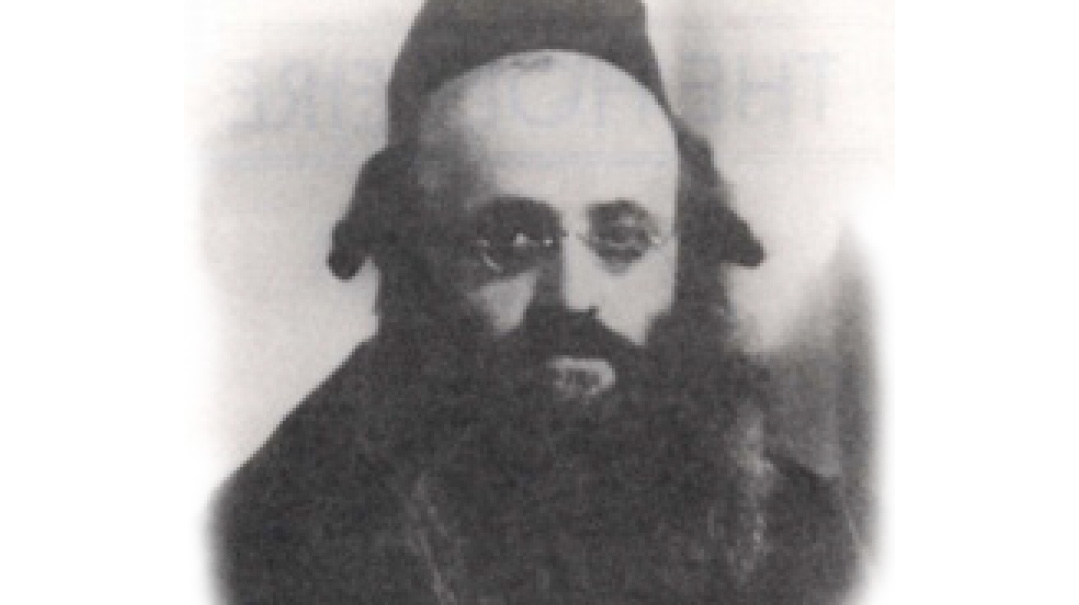
“The great doctors of Warsaw would speak of him with respect” Rav Klonymus Kalmish of Piaseczna Hy”d
Permission to Cure
T
here was once a chassid of Lublin who had a very sick family member, and he approached the Chozeh, telling him: “I believe in the tefillah and promise of the Rebbe that surely the sick person will be cured. I do not intend to summon a doctor without the Rebbe’s permission. But now, everyone is yelling at me that I am spilling blood.”
Replied the Chozeh: “This time I will allow you to call this and this doctor.” The Rebbe named the gentile doctor. The Jew ran to call him, but when he arrived at the clinic, he learned that the doctor had set out on a two-day trip.
He came back to the Chozeh and asked, “Perhaps the Rebbe will allow me to call a different doctor.” And the Rebbe of Lublin replied, “This is why I allowed you to call this doctor, because I knew he was not home….”
(The Munkatcher Rebbe tells the end of the story, which is self-understood: “And so it was — the patient was cured without any physical doctor attending.”)
So, what’s our job in 2023? Should we seek out the best doctors or let the illness run its course? In his Divrei Torah, the Minchas Elazar of Munkacs wrote, “And with regard to doctors, the pasuk says, ‘Verapo yerapei,’ which Chazal interpret to mean, ‘Permission is granted to the doctor to heal.’ ”
But in contrast, the Munkacser himself continued, “There were some holy tzaddikim among our rebbes who specifically instructed people to go to expert doctors, and explained that today we are not entitled to miraculous healing that is beyond nature. Therefore, we need to call the doctor, and because the doctor has ‘permission’ to heal others, everyone can decide for himself if he wants to enlist the help of a doctor.”
The Munkacser concluded with an approach that seems to be a classic distillation of chassidic thought on medicine, and on material life in general: “If it is l’Sheim Shamayim then it is a mitzvah; and if his intention is only to sate his material desires, then it is from the sitra achra.”
In other words, there is no such thing as a mundane illness: The best prescription for aches and pains is to turn the doctor’s visit into a mitzvah.
(Originally featured in Mishpacha, Issue 980)
Oops! We could not locate your form.



